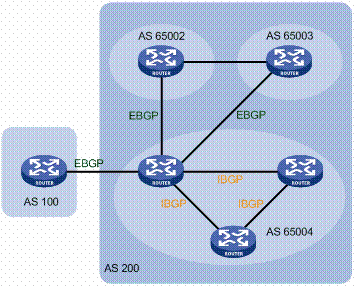Routing is central to networking performance, including: (1) latency in anycast services and websites served from multiple locations,(2) networking expenses and throughput in multi-homed enterprises, (3) the ability to keep traffic domestic when considering data sovereignty. However, understanding and managing how routing affects these services is challenging. Operators use Traffic Engineering (TE) with BGP to optimize network performance, but what they get is the result of all BGP policies throughout the Internet, not just their local choices. Our paper proposes Fenrir, a new system to rediscover recurring routing results. Fenrir can discover changes in network routing, even when it happens multiple hops away from the observer. Fenrir also provides new methods to quantify the degree of routing change, and to identify routing "modes" that may reappear. Second, we show that Fenrir can be applied to many different problems: we use five instances of three different types of systems to illustrate the generalization: anycast catchments showing in a root DNS service, route optimization for two multi-homed enterprises, and website selection for two of the top-10 web services. Each type requires different types of active measurements, data cleaning and weighting. We demonstrate Fenrir's methods of detecting and quantifying change are helpful because they all face similar operational questions: How much effect did traffic engineering have? Did a third-party change alter my routing? In either case, is the current routing new, or is it like a routing mode I saw before?
翻译:暂无翻译





